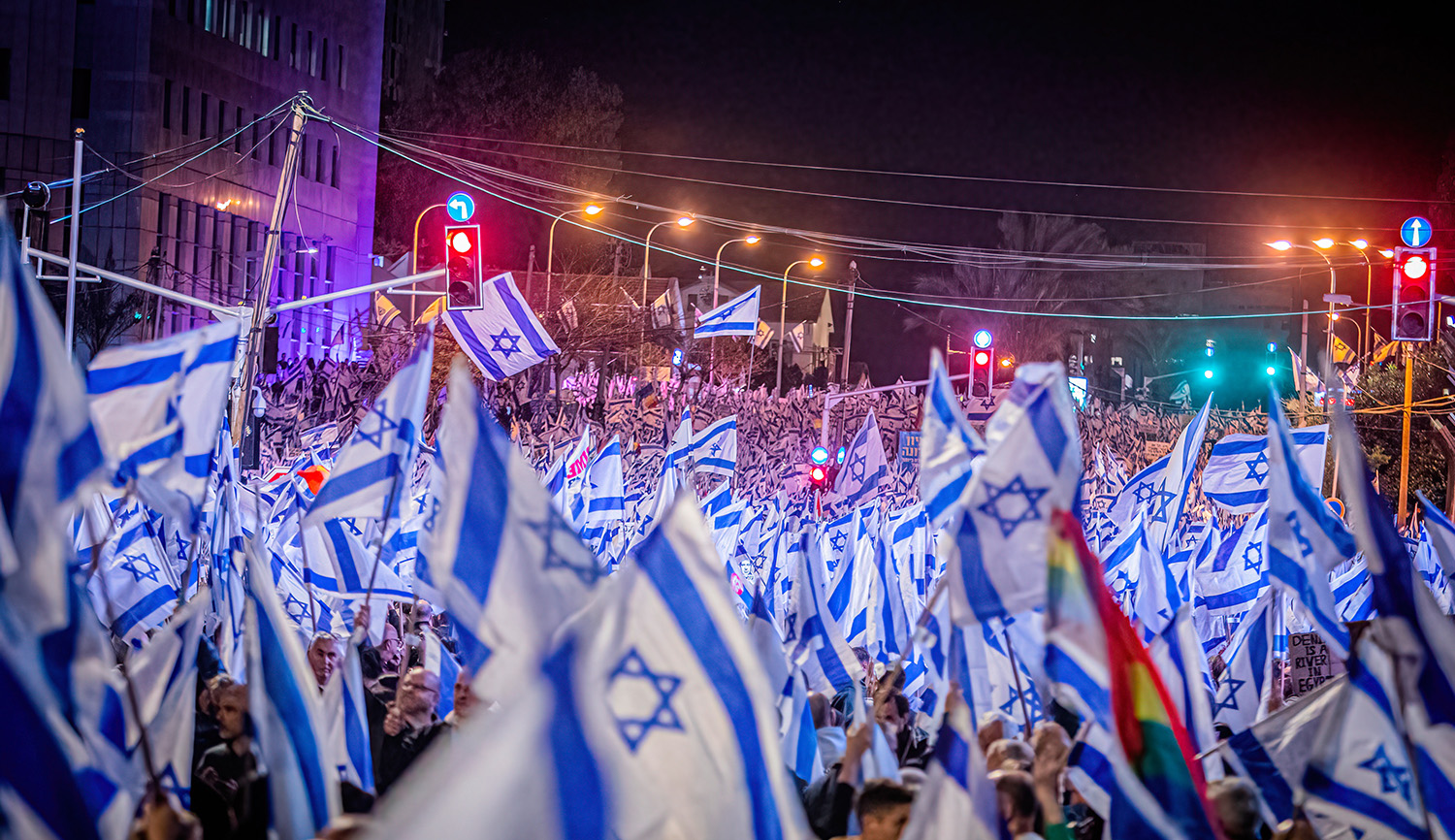After tracing the evolution of the Reform liturgy, Clifford E. Librach reviews Mishkan HaNefesh (“Tabernacle for the Soul”), a High Holy Day prayer book (maḥzor) recently released by the Central Council of American Rabbis:
Without question, this maḥzor is the most traditional prayer resource ever produced by the American Reform movement. . . . The maḥzor’s agenda of reclamation is clearest in the Yom Kippur sections. In an unprecedented act, the new book restores to its traditional location . . . the classical description of God as having thirteen divine attributes of mercy. This passage, from the rabbinic interpretation of Exodus 34, is contained in a Yom Kippur evening section, S’liḥot (“penitential appeals”). These attributes are recited to assuage the pain of confession with the assurance of God’s responding mercy, and the reliability of His forgiveness. . . .
The Avodah service [a detailed liturgical description of the holy day’s Temple rites], long a source of Reform consternation because it clearly and deliberately attached Yom Kippur to the Temple, has been reinstated. Avodah had been part of the liturgy [published in the 1970s], but it was almost always entirely skipped or replaced in toto by American Reform congregations. . . .
In another break with the Reform past, . . . [the maḥzor] incorporates the official prayer for the welfare of the state of Israel, as published under the auspices of its (Orthodox) chief rabbinate, complete with its reference to the state as reishit ts’miḥat g’ulateinu (the “first flowering of our redemption”). The Yom Kippur commemoration here ends with the exclamation L’shanah ha-ba’ah biyrushalayim! (“Next year in Jerusalem!”). This unvarnished appeal for the coming of the messiah had been [a] longtime Reform bugaboo.
More about: American Judaism, Jewish liturgy, Messianism, Reform Judaism, Religion & Holidays, Yom Kippur, Zionism


